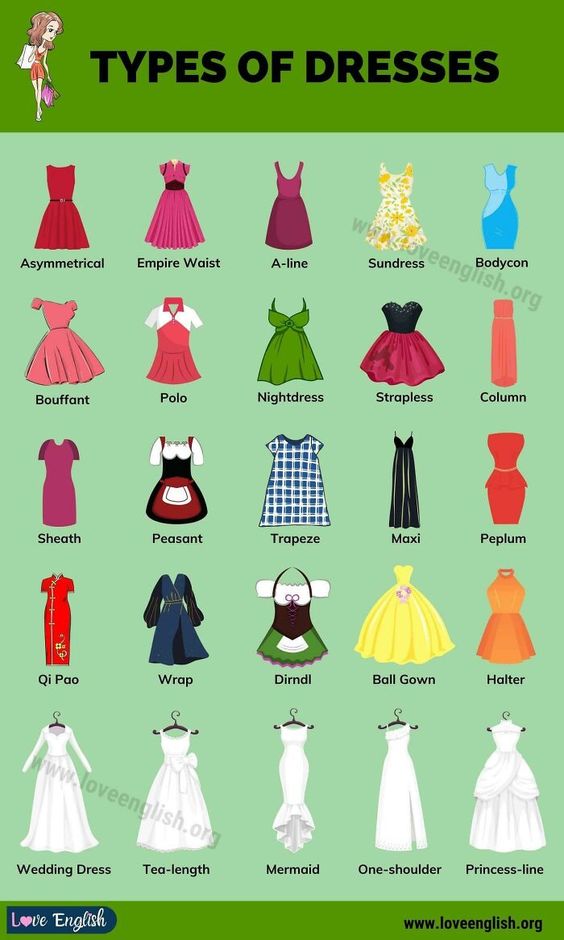A Comprehensive Guide to Styles and Occasions
Dressing appropriately for different occasions is an art that transcends fashion and delves into the realm of social etiquette. The types of dresses we choose to wear not only reflect our personal style but also our understanding of the event we are attending. From casual gatherings to formal galas, the right attire can elevate our presence and make a lasting impression.

Understanding Dress Codes
The first step in selecting the appropriate dress is understanding the dress code of the event. Black-tie events require formal attire, while cocktail parties call for semi-formal wear. Casual events allow for more relaxed clothing options. Types of dresses such as the little black dress or a tailored suit can be versatile for different dress codes, with minor adjustments.
Choosing the Right Dress for the Occasion
Each occasion has its unique set of expectations when it comes to attire. For instance, weddings often expect guests to wear elegant dresses that respect the formality of the event. On the other hand, a garden party might call for lighter, more breathable fabrics that complement the outdoor setting. The key is to research the event’s theme and choose a dress that aligns with the overall aesthetic.

Personal Style and Comfort
While it’s important to adhere to the dress code, personal style and comfort should not be compromised. A dress that makes you feel confident and comfortable will naturally enhance your presence. Experimenting with accessories, such as statement jewelry or a stylish handbag, can add a personal touch to your outfit while adhering to the dress code.
Seasonal Considerations
The season plays a significant role in dress selection. For example, winter events may require more layers and warmer fabrics, while summer events might call for lighter, more breathable materials. Consider the weather and the venue’s temperature when choosing a dress. A well-chosen dress can make you feel comfortable and look stylish regardless of the season.

Cultural and Regional Influences
Cultural and regional factors can also influence dress codes and fashion choices. In some cultures, certain colors or styles may be associated with specific events or meanings. It’s essential to be aware of these nuances to avoid any unintentional missteps. When in doubt, opt for neutral colors and classic types of dresses that are less likely to offend cultural sensibilities.
Fashion Forward Thinking
Fashion is an ever-evolving landscape, and keeping up with the latest trends can be both exciting and challenging. However, it’s crucial to remember that trends come and go, but the ability to dress appropriately for an occasion is timeless. Classic types of dresses, such as the A-line or the sheath, have stood the test of time for their versatility and elegance.

Final Thoughts
In conclusion, dressing for an occasion is about more than just looking good; it’s about showing respect for the event and its attendees. By understanding the dress code, considering personal style, and being mindful of cultural and seasonal factors, one can make an informed decision about the most suitable types of dresses to wear. Remember, the goal is to feel confident and comfortable while making a positive impression.







